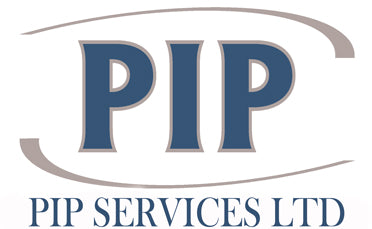The essential procedures and guidelines you design to protect against potential hazards in specific environments are called safety protocols. The goal of these is to mitigate or eliminate unacceptable risks, creating a safe workplace, public space or even home environment.
This page delves into the key considerations of safety protocols to help you understand what they are and how to implement them.
Emergency Procedures
It is important to create predefined plans of action for what should be done If certain hazardous situations arise. These include things like:
- Fires.
- Medical emergencies.
- Chemical spills.
- Natural disasters.
With effective emergency procedures, you can enact an organised response to minimise injury and damage and potentially save lives.
The key components or emergency procedures are as follows.
Action Plans
This involves things like the designation of emergency exits and ensuring they are clearly marked. It also establishes evacuation routes and ensures they are free of obstructions. Organisations will conduct regular evacuation drills to ensure occupants are familiar with the procedures.
Emergency Contacts
Organisations should maintain a list of emergency contacts. This contact information should be readily accessible to all employees, and will include the likes of:
- Local fire departments.
- Medical services.
- Hazardous materials teams.
First Aid Procedures
This can include the provision of first-aid kits and defibrillators on-site, ensuring they are well-stocked and include directions for usage. First aid procedures can also include training employees in basic first aid and CPR.
Communication Protocols
There should be methods in place for quickly communicating emergency information to all personnel when needed. Common tools for the swift dissemination of information include:
- Alarms.
- Public address systems.
- Mobile alerts.
Personal Protective Equipment (PPE)
PPE is a vital resource in many environments where there are hazards that cannot be entirely eliminated through other control measures. Proper use of PPE can protect individuals from various hazards to significantly reduce the risk of injury or illness.
Let’s look at some common types of PPE:
Head Protection
In this category, you will find things like hard hats to protect against impacts and falling objects. And you will find helmets for specific tasks like electrical work or welding.
Eye and Face Protection
Safety glasses or goggles are a common tool for shielding eyes against debris or chemical splashes. Full face shields provide additional face protection during tasks like grinding or cutting.
Hearing Protection
Common choices for this include earplugs and ear defenders. These are useful in environments where noise frequently rises above acceptable levels.
Respiratory Protection
Masks and respirators are effective at protecting against inhalation of harmful substances.
Hand Protection
Employees should be provided with gloves that are appropriate for specific tasks. This means gloves that are chemical-resistant, cut-resistant and more.
Machine Safety Protocols
It is essential to implement machine safety protocols for the prevention of accidents and injuries associated with using machinery and equipment. These protocols should provide straightforward, easy-to-follow guidelines for operation, maintenance and emergency response.
Key elements include:
- Training and Certification: All operators should earn the necessary certifications for specified machines, with regular refresher courses.
- Machine Guarding: There should be guards on moving parts to prevent contact. Interlock systems can shut down machines when guards are tampered with.
- Lockout Procedures: These can be implemented to ensure machines are fully deactivated and cannot be started during maintenance/repairs. Locks and tags indicate that a machine is not in service.
- Inspection and Maintenance: Regular inspections identify and address potential hazards, and there should be a routine maintenance schedule in place.
- Emergency Stops: Equip machines with accessible emergency stop buttons or pull cords and train personnel in their use.
Why choose PIP Services for your health and safety consultancy?
We’re dedicated to providing the highest level of advice on all Health and Safety related matters and will assist companies in meeting their obligations. We offer a wide range of Health & Safety Services for a variety of clients. We represent many companies and deal with all of their Health & Safety matters.
We’re also an accredited CITB, NEBOSH, IOSH, IWFM & CITB training provider, as well as a ProQual-approved NVQ centre.
We also offer a business partnership programme offering a NVQ Level 6 Diploma in Occupational Health & Safety & NEBOSH General Certificate to help you become a health and safety consultant.
We are rated 4.9/5 on Trustpilot, and you can read our reviews here. If you would like to speak to us about your training needs, please get in touch using the button below.

